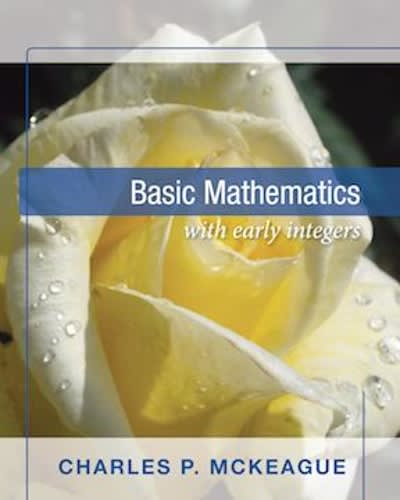%>. What's In \\51/ Some researches aim to study, describe and infer patterns of behaviour, properties, and characteristics about a population; sometimes, they intent to study in a very large scale and because of the fact that we cannot study a very large population due to feasibility, impracticality, and inconvenience, that is why we must select a representative sample from the population. In this lesson, sampling techniques that will help researches select samples that would represent true inferences about the population where these samples came from. ' CPA R-tw' What's New \\ 2\" Analyze and compare the following cases: 1. Mrs. Cruz wants to do an analysis on students' final examination scores in her 40 Grade ll-Baguio Mathematics class for the semester. Should she consider her all the students' scores or only some of the students' scores? 2. A group of researchers want to determine the average Mathematics grade for the semester of Grade 11 students in the Philippines. Should the group consider conducting a survey to all the Grade 11 students in the Philippines or random students of selected places? Analysis: For case number 1, this task is only dealing with the students' final examination scores in one specific class with 40 students. The intent is not to the students' final examination scores of students in a much bigger population. Since the teacher has the entire population available for this situation, she should use the all of them. In case number 2, the population is extremely large. There is actually an impractical and an inconvenient way of obtaining all of the data in the population. You simply will not have all of the data available for your use especially if you only have a limited time. You will need to use a sample of the population. What is It Population is the group you want to generalize. It consists of all the members of the group you are interested in. Sample is the subset from the population you want to examine. A population commonly contains too many individuals to study conveniently and practically, so an investigation is often restricted to one or more samples drawn from it. A well-chosen sample will contain most of the information about a particular population parameter but the relation between the sample and the population must be such as to allow true inferences to be made about a population from that sample







